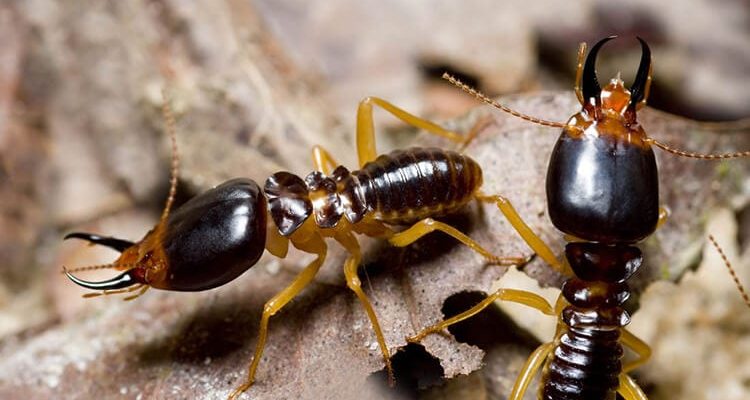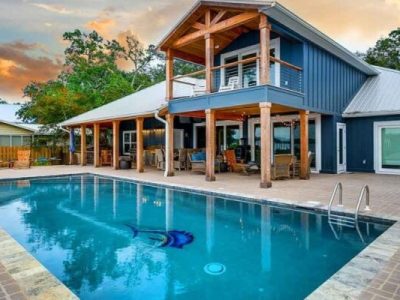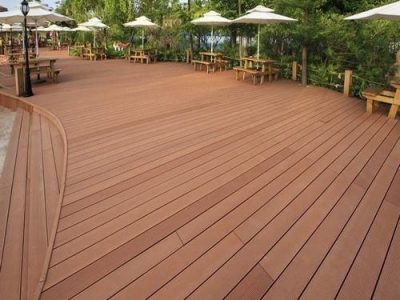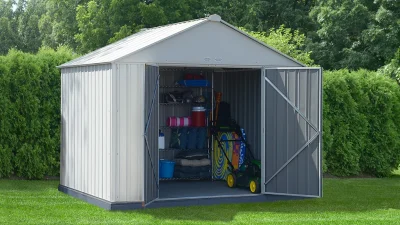Elmhurst is known for its beautiful, canopied neighborhoods that generations of residents have called home. But those lovely trees that beautify and improve property values and provide cool in hot summers also pose an unexpected problem for homeowners; they become the interstate and motels for rodents and insects.
As summer approaches, these unwelcome visitors become more active, leaving many Elmhurst residents with little choice but to handle increased pest activity. Rich tree cover, layers of leaf litter, and proximity to houses combine to create an ideal habitat for a wide variety of pests.
From mice running up tree limbs to get onto the roof, insects seeking shelter in bark crevices, and the trees that drive the beauty of Elmhurst, unwanted guests are also brought on. It is important for homeowners when the pest problems turn tougher and bigger to deal with, and get out of control, to ask for help and get proper pest control done.
Tree-Lined Streets In Elmhurst & Their Relationship With Pests
Natural Highways for Rodents
To pest control experts, Elmhurst’s interconnected tree canopy creates “rodent highways.” These aerial pathways enable squirrels, rats, and mice to journey from tree to tree without ever coming in contact with the ground. On streets like Cottage Hill Avenue and Spring Road, the branches of these mature trees reach over rooftops, allowing rodents direct access to their homes.
Insect Shelter and Breeding Grounds
Insects can easily hide all around, from tree bark to fallen leaves on the ground to hollow areas. The humid summers in Elmhurst, IL, along with the moisture retention around the base of trees, make them ideal breeding grounds for ants, termites, and wood-boring insects. The Park District alone cares for more than 6,000 trees on public land, and when multiplied by the number of trees on private property, that adds up to a tremendous amount of habitat for insects.
Seasonal Pest Patterns
The activity of tree-related pests in Elmhurst has seasonal trends that are pretty predictable. As colonies grow, ants become more active in the spring, and in the summer, insect populations peak, drawing upon warm temperatures and food sources. While October and November make up only 16 percent of the calendar year, a local pest control company reports that the city sees 40 percent of its rodent-related service calls during that time of year.
How Do These Pests Affect Homeowners?
Pests attracted to the trees also create a number of issues, ranging from property damage to health concerns to financial burdens for Elmhurst residents.
Property Damage Concerns
For example, grey squirrels and rats are able to get into homes by climbing tree branches, which causes extensive destruction by gnawing through electrical wires, insulation, and timber. This damage can be just downright expensive to repair, especially in the older Elmhurst homes likely found here, such as those built in the early 1900s.
Health and Safety Issues
Pests carry one or more diseases and allergens that are harmful to family health. Rodent droppings and urine can contaminate attics and storage spaces, and insect bites and stings can threaten toddlers and young children in tree-shaded yards. But for Elmhurst’s established neighborhoods, the nearness of trees to homes means those health risks are a reality without effective pest control.
Ongoing Maintenance Costs
Further stray observations about Elmhurst homeowners: They spend an average of $800-a-year on pest services here, which far exceeds Illinois’ state average of $550, such as scheduled inspections, preventative services, and related pest damage repairs. As trees mature and homes reach a certain age, new obstacles arise, and a professional best addresses most issues.
Your Solution to Tree-Related Pest Problems
Local tree-lined streets often bring more than just their visual appeal to your Elmhurst home, and the pest control experts at Pointe Pest Control know the challenges faced by residents. Their knowledge of how pests utilize Elmhurst’s beautiful tree canopy to gain access to homes allows us to create individualized plans that disrupt these pathways.













Comments